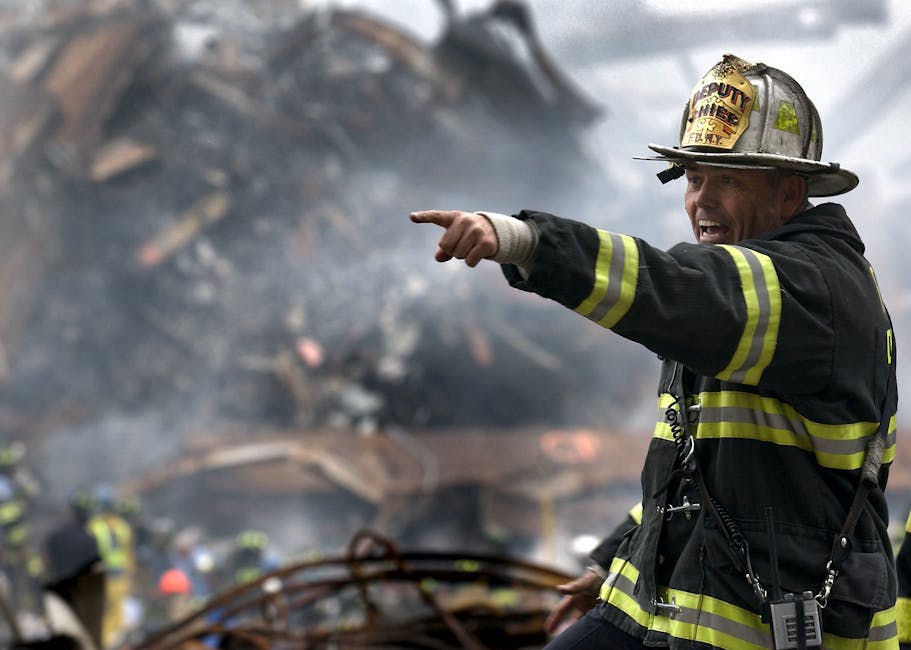
Disasters strike without warning, leaving a trail of devastation that extends far beyond physical damage. Among the most challenging and emotionally arduous tasks following such events is the identification of victims. Providing closure to grieving families is paramount, and it relies heavily on accurate and efficient identification methods. A recent training session in Hakodate, focusing on the technology of identifying disaster victims through dental impressions (歯形), highlights a critical area where established practices meet the potential of modern innovation. As an IT journalist, I see this not just as a specialized training, but as a window into how data, digital tools, and refined methodologies are poised to transform one of humanity's most sensitive challenges.
The Enduring Power of Dental Records in Crisis
The human dentition is remarkably unique and resilient. Unlike other biological markers that may be compromised by severe trauma, decomposition, or environmental factors, teeth and their restorative work often survive intact. This makes dental records an invaluable resource for victim identification. The training session in Hakodate underscores the ongoing importance of mastering this "technology"—the precise techniques and knowledge required to accurately match post-mortem dental findings with ante-mortem records. In a country like Japan, frequently exposed to natural disasters, the proficiency in such identification methods for victims is not merely an academic exercise; it's a vital component of robust disaster preparedness and response. This fundamental expertise forms the bedrock upon which future technological advancements can build.
Beyond Traditional Impressions: The Digital Frontier
While the core principles of forensic odontology remain constant, the application of this technology is rapidly evolving through digitalization. Imagine a future, or even a present, where:
- Digital Dental Impressions: Instead of plaster molds, 3D intraoral scanners capture precise digital models of teeth. These highly accurate, easily stored, and transmittable files replace bulky physical records.
- Centralized Digital Databases: Dental records, traditionally scattered across individual clinics, could be securely uploaded to encrypted, centralized databases, accessible to authorized forensic teams during a disaster. This vastly speeds up the retrieval of crucial ante-mortem data.
- AI-Powered Matching Algorithms: Artificial intelligence and machine learning could analyze digital dental scans and X-rays, rapidly comparing post-mortem data against millions of ante-mortem records to suggest potential matches with unprecedented speed and accuracy, significantly reducing the manual workload and potential for human error.
- Secure Cloud Collaboration: Forensic odontologists from different regions, or even internationally, could securely share and collaborate on cases in real-time, leveraging cloud platforms to expedite complex identifications.
These innovations promise to drastically accelerate the identification process, transforming what can be a weeks-long ordeal into a matter of days or even hours, particularly when dealing with a large number of disaster victims.
The Profound Societal Impact
The integration of advanced digital technology into disaster victim identification brings a multitude of benefits, extending far beyond technical efficiency:
- For Families: The most profound impact is the ability to provide rapid and definitive closure. Knowing the fate of a loved one allows families to begin the grieving process, recover remains, and perform necessary rituals, easing immense emotional distress.
- For Disaster Responders and Authorities: Accelerated identification streamlines resource allocation, aids in accurate casualty counts, and reduces the immense psychological burden on forensic teams. It contributes to a more organized and compassionate overall disaster response.
- For Healthcare and Data Infrastructure: The push for digital dental records encourages standardization and secure data management practices across the healthcare sector, creating a more resilient and integrated national health information system.
The training session in Hakodate represents a vital step in ensuring that the foundational skills are maintained, even as the field moves towards a more digitally integrated future. It's a testament to the ongoing commitment to leverage every available "technology" for the benefit of those affected by tragedy.
Conclusion
The focused training session in Hakodate on using dental impressions for disaster victim identification is a powerful reminder of the enduring human need for closure in the face of tragedy. While rooted in established forensic science, this field is ripe for digital transformation. As an IT journalist, I believe that by embracing digital dental records, AI-driven matching, and secure data infrastructure, we can transition from traditional, labor-intensive methods to a future where rapid, accurate, and compassionate identification becomes the standard. This blend of foundational expertise and cutting-edge digital solutions holds the key to building more resilient communities and offering solace when it's needed most.
Comments
Post a Comment